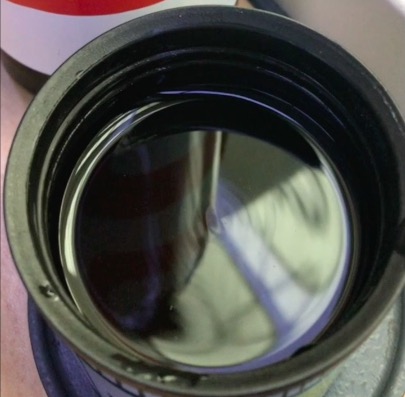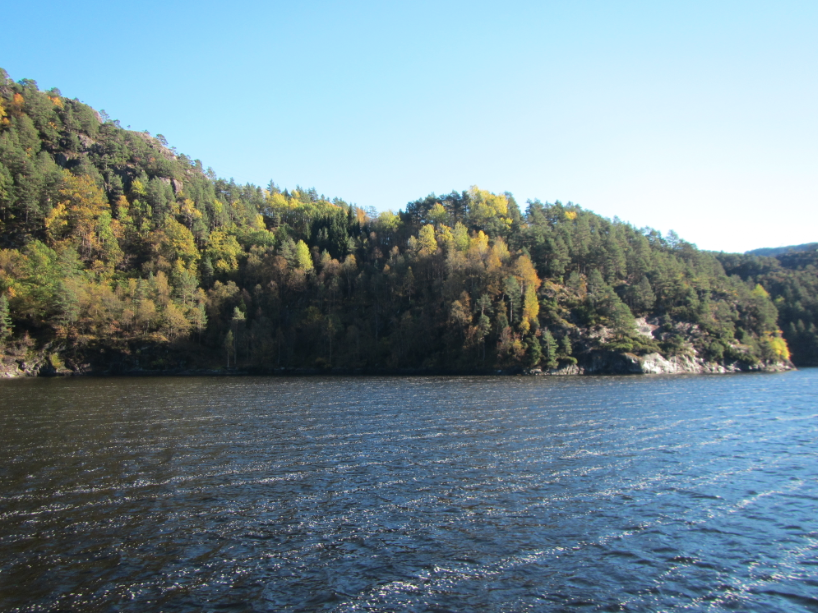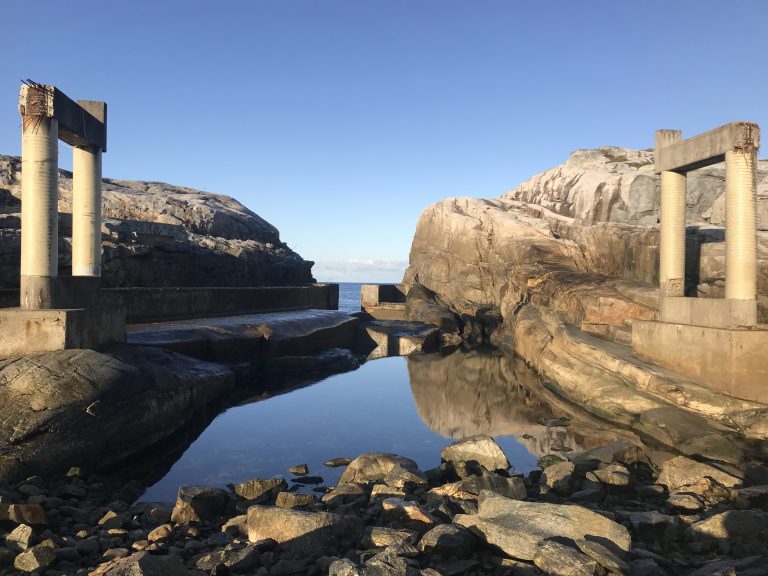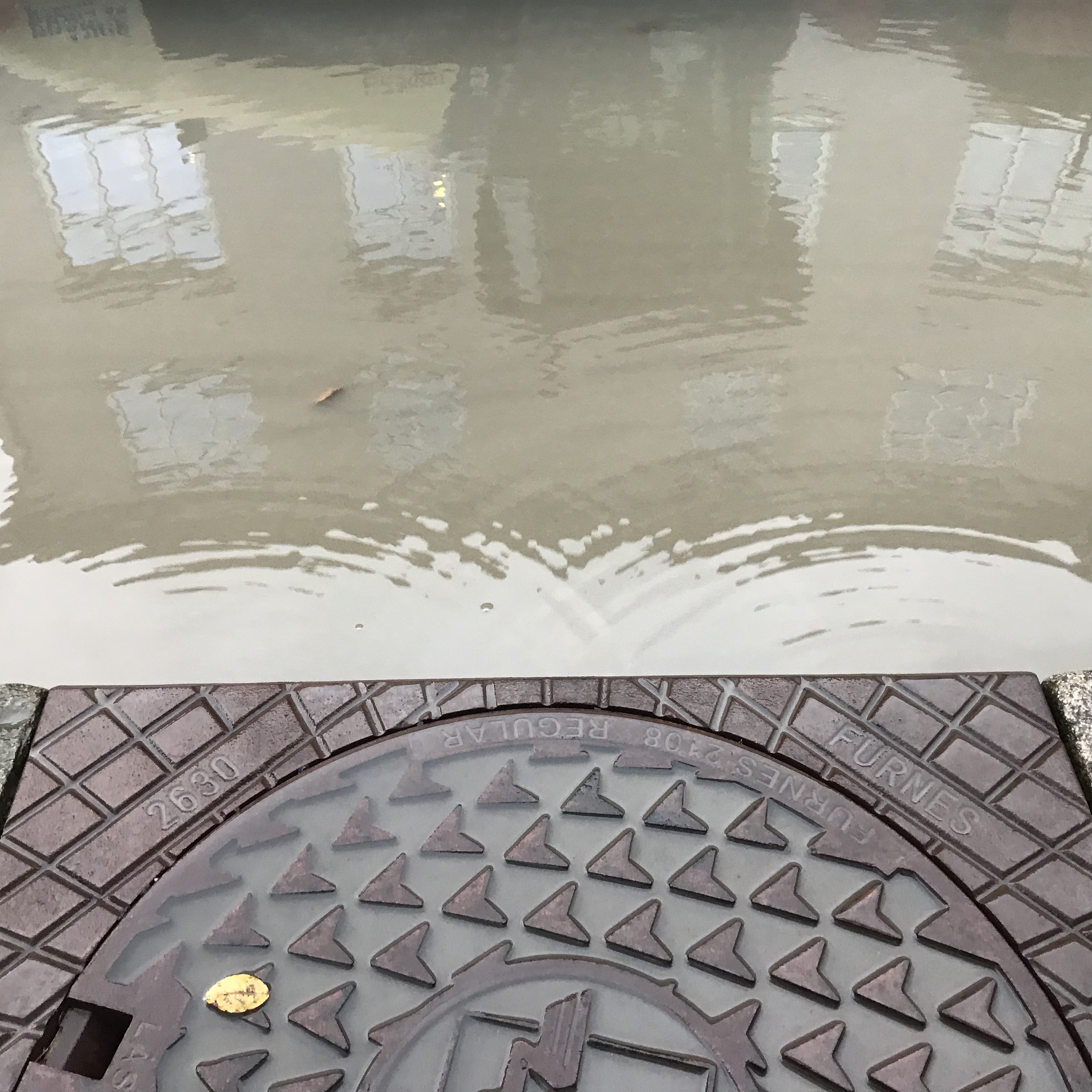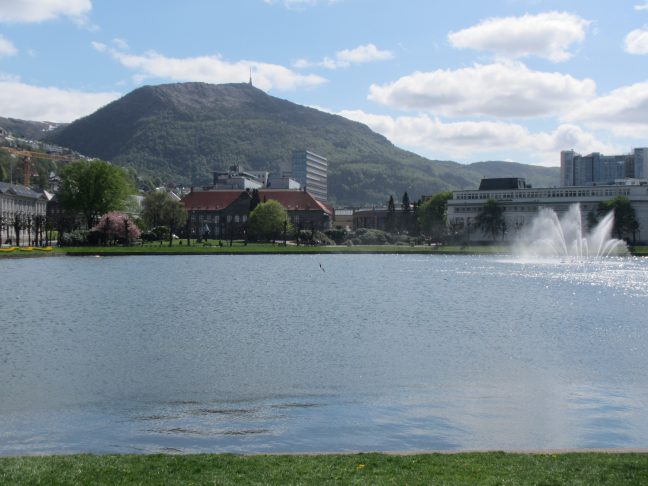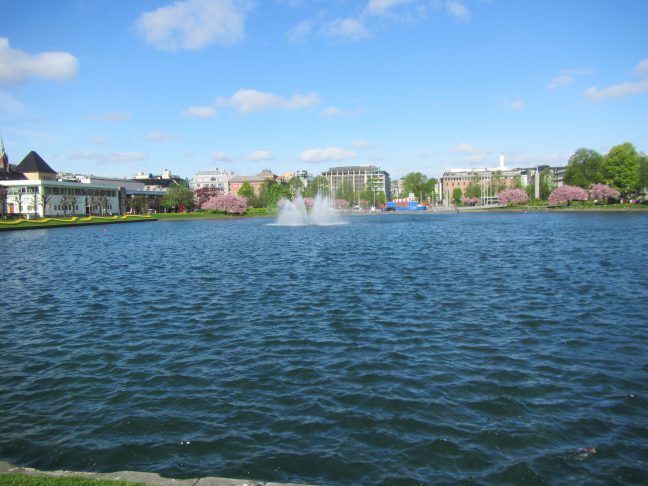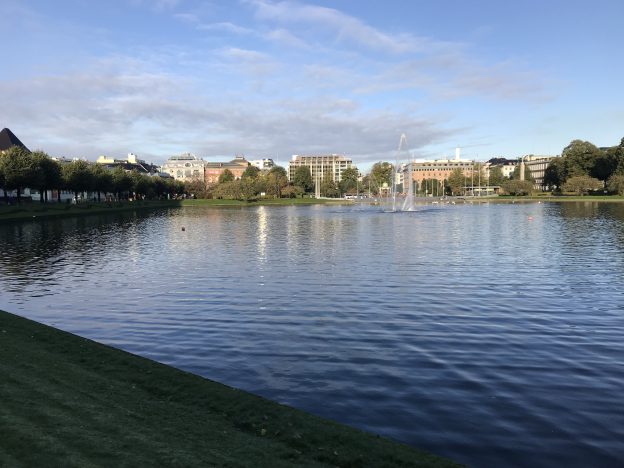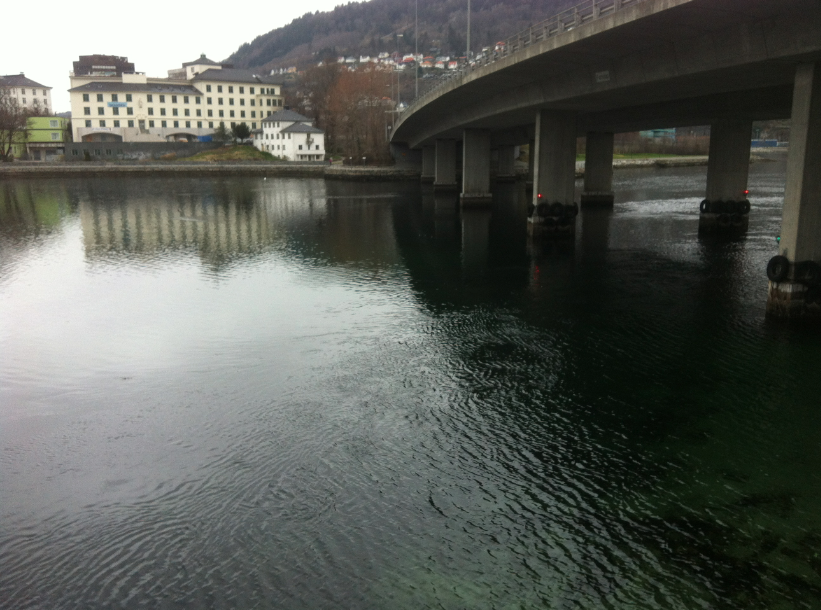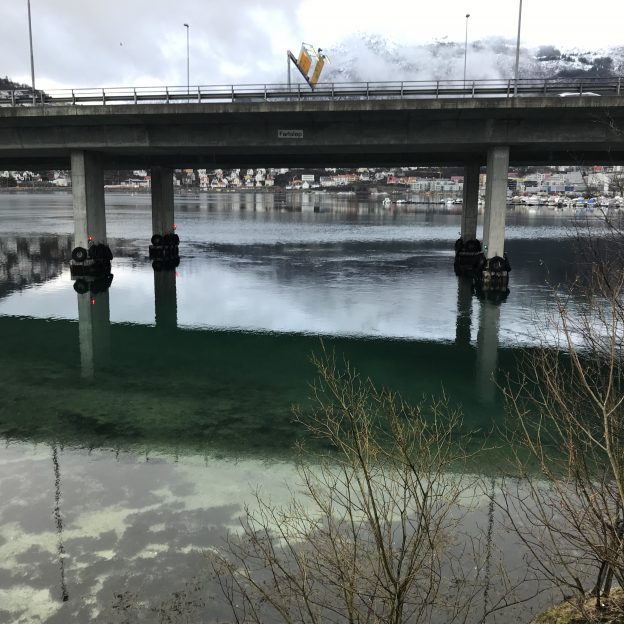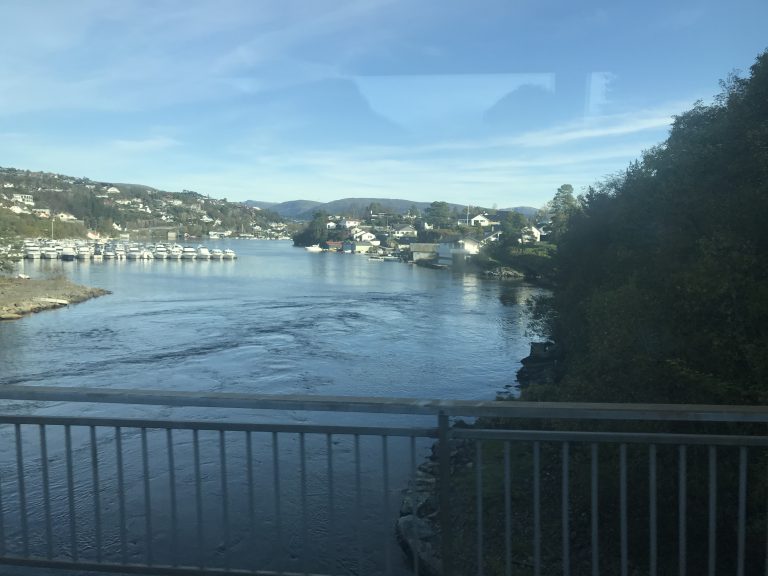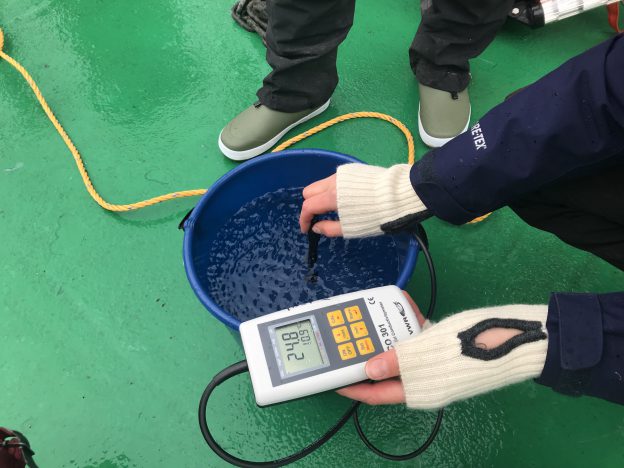Kjersti, Steffi, Elin and myself (Mirjam) recently discussed ways to better integrate the GEOF105 student cruise into the course. My suggestion was to ask the students to observe things throughout the whole duration of the course, and then have them relate their time series with what they observe when “at sea”. In this mini series tagged #BergenWaveWatching, I write up a couple of suggestions I have for observations that are easy and fun to make. I am anticipating that my suggestions will be strongly biased towards #wavewatching, so if you have any other suggestions, I am all ears! 🙂
Neither wave watching nor particularly Bergen-specific, but still super cool! And probably as close as I will ever come to suggesting any kind of meteorological observation. Clouds are pretty amazing, too, but I really don’t know enough about those…
Where to go
Nowhere specific, just keep an eye out for situations in which there are water droplets in the air and the sun is low enough in the sky for rainbows to appear. Be aware of where rainbows would appear if they were visible (the shadow of your head would be in the center of the rainbow) and check out if they are there.
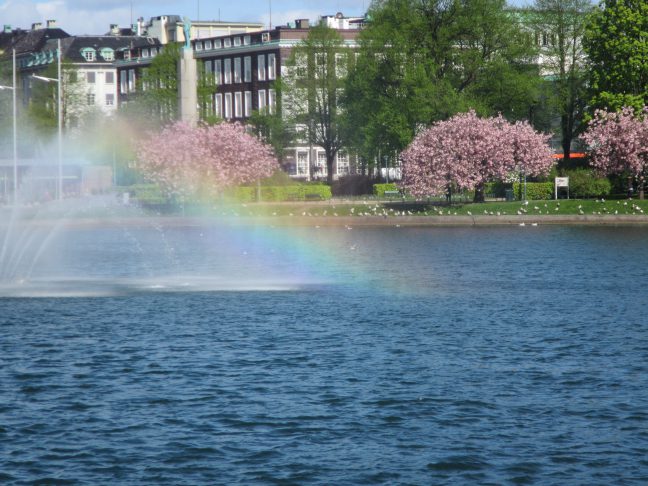
When to go
Since the sun needs to be sufficiently low in the sky for rainbows to be above the ground, rainbows are more likely to appear in the morning and afternoon.
What to look out for
Duh. Rainbows?
What to do with the data
I think it could be fun to try and relate the appearance of rainbows to the kind of weather. Obviously, you need both sun and rain. But for double rainbows, you need several rain fronts behind each other. And for a secondary rainbow as in the picture on the very top (blog post on that here), you need strong sunshine.
The observations suggested here are also well suited for a description of the phenomenon and an explanation of the physics behind it.
How this is relevant for the student cruise
Not directly, but I think getting into the habit of observing something fairly specific and, over time, becoming an expert on spotting and explaining rainbows, is pretty awesome!
Do you have suggestions for us? What other spots or topics would you recommend in and around Bergen to be added to the #BergenWaveWatching list? Please leave a comment! We are always looking to expand this list!

